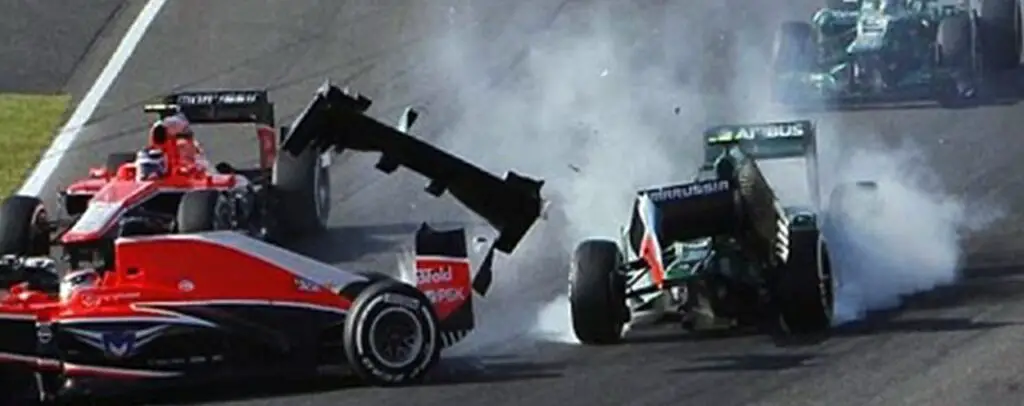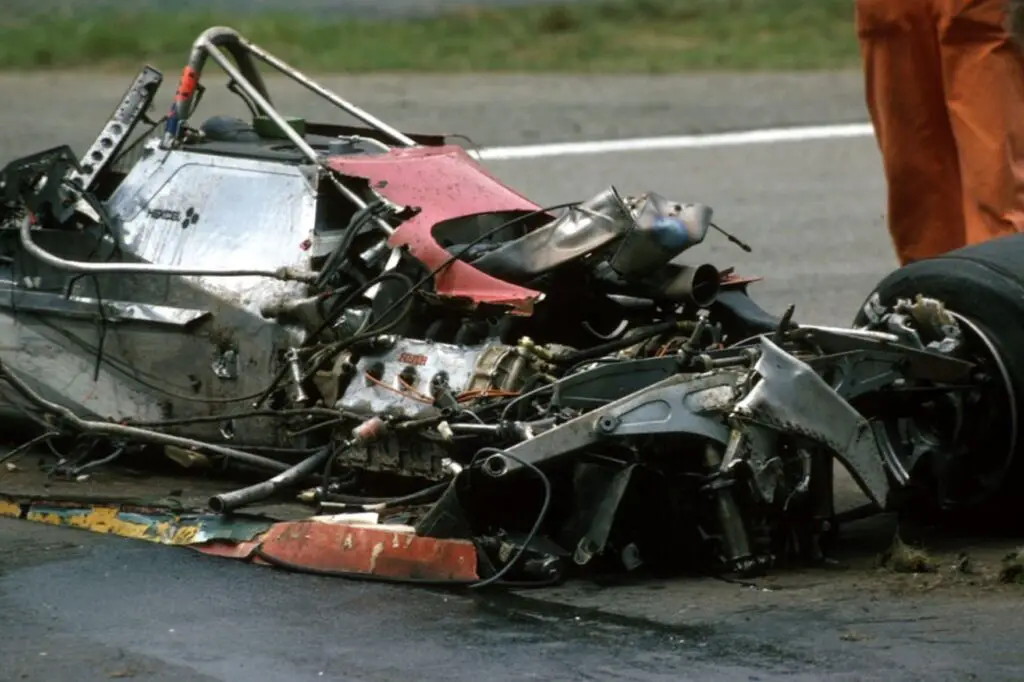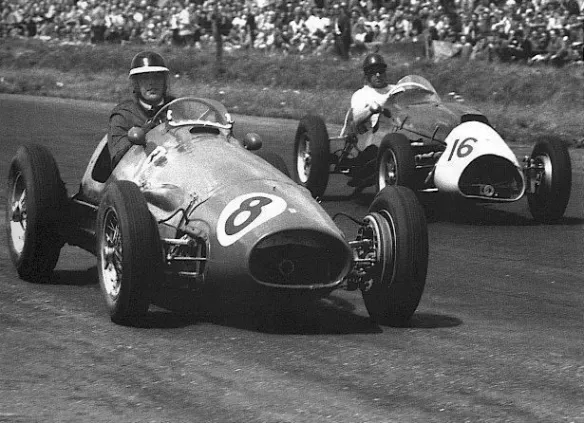Formula 1, the pinnacle of motorsport, has always been an adrenaline-fueled spectacle that thrills fans worldwide. It’s a sport that has seen the rise of many legends, drivers who have pushed the boundaries of speed and skill to achieve greatness.
But with the highs of success, comes the lows of tragedy. Over the years, it includes some of its greatest drivers, leaving behind a legacy that is still remembered and celebrated today. From Ayrton Senna to Niki Lauda, these drivers have left an indelible mark on the sport, inspiring generations of racers to come.
In this tribute, we’ll take a moment to remember these F1 drivers who died and their contributions to the world of Formula 1. Let’s take a journey down memory lane and pay our respects to those who have left us, but whose legacy lives on.
Let’s not forget the first F1 death that occurred in the Formula One series was that of Cameron Earl, who was killed during a private test session for English Racing Automobiles at the Motor Industry Research Association’s test circuit in England in 1952.
He died in hospital at the age of 29 from skull fractures after his ERA R14B car overturned.

Jules Bianchi Was The Last Victim
The most recent f1 death that occurred in the Formula One series was that of Jules Bianchi, who was critically injured during the 2014 Japanese Grand Prix at Suzuka Circuit in Japan.
He suffered severe head injuries after colliding with a recovery vehicle that was removing another crashed car from the track. He remained in a coma until his death on 17 July 2015 at the age of 25.
The decade with the most driver fatalities was the 1960s, with 18 deaths, followed by the 1950s with 16 deaths and the 1970s with 13 deaths. A decade with the least driver fatalities was the 2010s, with only one death (Bianchi). The decade with f1 death was the 2000s.
The circuit with the most driver fatalities was Nürburgring in Germany, with six deaths, followed by Monza in Italy and Indianapolis Motor Speedway in USA, with five deaths each.
The circuit with no driver fatalities was Albert Park in Australia.
The team with the most driver fatalities was Ferrari, with nine deaths, followed by Lotus and Cooper, with six deaths each.
The team with no driver fatalities is Mercedes.
The country with the most driver fatalities was Italy, with nine deaths, followed by Great Britain and France, with eight deaths each. The country with no driver fatalities was Finland.
Which F1 Drivers Have Died?
The following is a list of Formula One drivers who have died from incidents that occurred at a FIA World Championship event or while driving a Formula One car at another event, sorted by year of death.
F1 Death In The 1950s
- 1952: Cameron Earl (England)
- 1953: Chet Miller (USA), Charles de Tornaco (Belgium)
- 1954: Onofre Marimón (Argentina)
- 1955: Mario Alborghetti (Italy), Manny Ayulo (USA), Bill Vukovich (USA), Eugenio Castellotti (Italy)
- 1956: Luigi Musso (Italy)
- 1957: Keith Andrews (USA), Pat O’Connor (USA), Eugenio Castellotti (Italy), Alfonso de Portago (Spain)
- 1958: Peter Collins (Great Britain), Luigi Musso (Italy), Stuart Lewis-Evans (Great Britain), Pat O’Connor (USA)
- 1959: Jean Behra (France), Harry Schell (USA), Jerry Unser Jr. (USA), Bob Cortner (USA)
F1 Death In The 1960s

- 1960: Chris Bristow (Great Britain), Alan Stacey (Great Britain)
- 1961: Giulio Cabianca (Italy), Wolfgang von Trips (Germany)
- 1962: Ricardo Rodríguez (Mexico), Gary Hocking (Rhodesia)
- 1963: Carel Godin de Beaufort (Netherlands)
- 1964: John Taylor (Great Britain)
- 1965: Bruce McLaren (New Zealand)
- 1966: Lorenzo Bandini (Italy), Bob Anderson (Great Britain)
- 1967: Jo Schlesser (France), Jim Clark (Great Britain)
- 1968: Mike Spence (Great Britain)
- 1969: Gerhard Mitter (Germany), John Taylor (Great Britain)
F1 Death In The 1970s
- 1970: Piers Courage (Great Britain), Jochen Rindt (Austria)
- 1971: Ignazio Giunti (Italy), Pedro Rodríguez (Mexico), Jo Siffert (Switzerland)
- 1972: Jo Bonnier (Sweden)
- 1973: Roger Williamson (Great Britain), François Cevert (France)
- 1974: Peter Revson (USA), Helmuth Koinigg (Austria)
- 1975: Mark Donohue (USA), Graham Hill (Great Britain), François Migault (France), Tony Brise (Great Britain)
- 1976: Tom Pryce (Great Britain)
- 1977: Carlos Pace (Brazil)
- 1978: Ronnie Peterson (Sweden), Gilles Villeneuve (Canada)
F1 Death In The 1980s

- 1980: Patrick Depailler (France)
- 1982: Gilles Villeneuve (Canada), Riccardo Paletti (Italy)
- 1986: Elio de Angelis (Italy)
The 1990s
- 1994: Roland Ratzenberger (Austria), Ayrton Senna (Brazil)
The 2000s
- 2015: Jules Bianchi (France)
How Often Do Formula 1 Drivers Died
In the first three decades in which F1 was run there were the following number of deaths,
- 1950s – 21
- 1960s – 16
- 1970s – 20
- 1980s – 4
- 1990s – 1
- 2000s – 0
- 2010s – 1
- 2020s – 0
Conclusion
Formula 1 is a sport that has witnessed many tragic deaths of talented drivers over the years. However, it is also a sport that has constantly strived to improve its safety standards and reduce the risks of f1 death.
The FIA, the teams and the drivers have all contributed to making Formula 1 safer and more respectful of human lives. While the sport can never be completely free of danger, it can honor the memory of those who have died by continuing to pursue excellence and innovation in a responsible and ethical way.
References
F1 Accidents – Wikipedia

